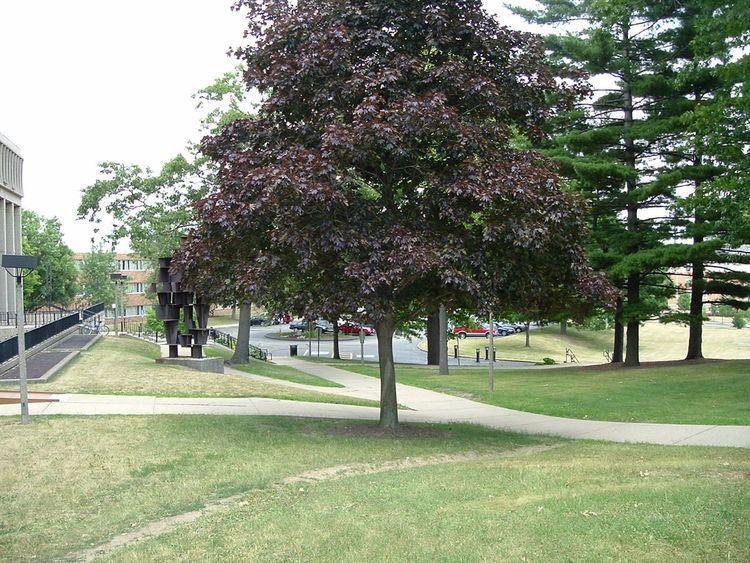 | ||
A contagious shooting is a sociological phenomenon observed in military and police personnel in the United States, in which one person firing on a target can induce others to begin shooting. Often the subsequent shooters will not know why they are firing.
Contents
While commonly accepted in popular culture and police jargon, there has been yet no scientific evidence "to prove the existence of a contagious shooting dynamic," which O'Donnell said was a "debatable notion."
Additionally, a former CIA employee and FBI firearms instructor observed it in training. "Consistently, in every class, officers would shoot at their target upon hearing others shoot, even when their particular target board did not contain the called target." He suggests that one reason it occurs is because of muscle memory: "[T]he targets turn or the whistle blows, and all the officers shoot together until a cease fire signal is given."
O'Donnell partially reinforces this, saying that in classic cases involving contagious shooting, "a gun was shot before any officers fired," and thus "the officers involved began shooting because of fear or because of the sound of a colleague firing."
